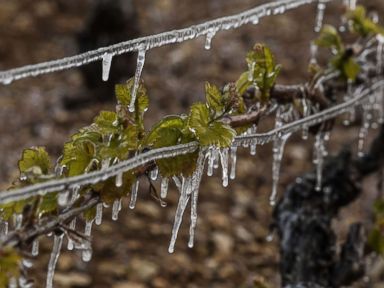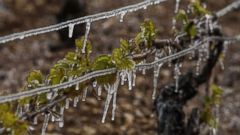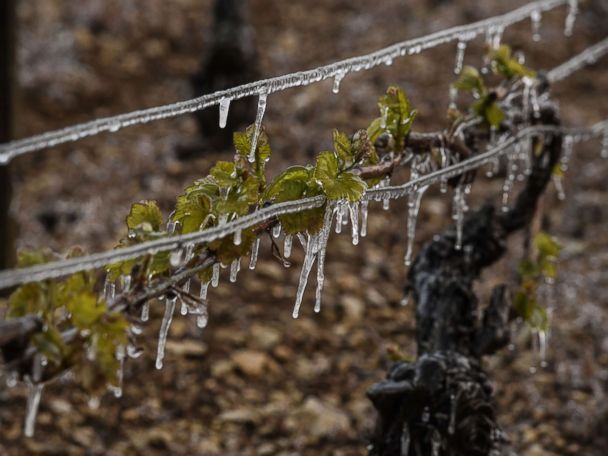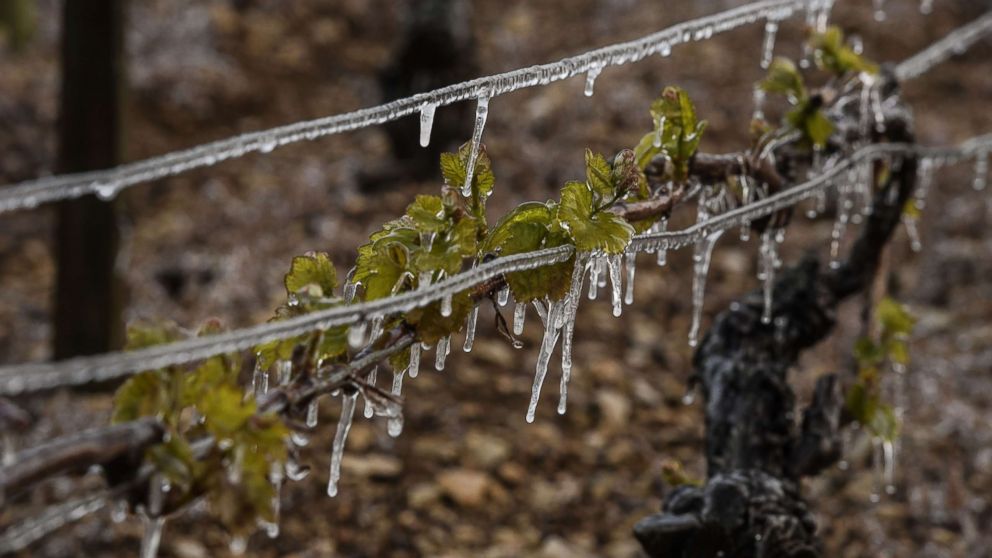





World wine production is predicted to fall to its lowest level in more than fifty years for 2017 — and frost and drought that has plagued Western Europe’s vineyards is being singled out as the culprit.
The International Organisation of Vine and Wine (OIV) said Tuesday that it expected an 8.2 percent decrease in global wine production, compared to 2016.
The organization said weather is to blame for the worst global harvest since 1961, with Italy and France, in particular, being hit this past year with extremely hot and cold weather.
Italy, France and Spain have all experience their lowest production levels, according to the organization.
These findings could mean an increase in European wine exports for consumers, leading them to U.S.-produced wine, says Robert Nicholson, wine industry consultant for International Wine Associates.
“If the Europe is going to experience this drop in production, it is going to increase prices for U.S. consumers,” explains Nicholson. “Generally speaking, if there’s a tightening in supply or prices, consumers are going to go to domestic wine.”i
The U.S. is the fourth largest producer of wine, according to the OIV’s report, and has kept consistent through 2016 and into the 2017 forecast, without consideration of the wildfire devastation in Northern California.
Of the three top leaders, Italy is number one in wine production for the third year running, followed by France and Spain, respectively.
Despite this, the Italy’s wine production is forecasted to have a 23 percent decrease in 2017.
The lowest for the country, yet still leading in wine production with 39.9 million hectoliters (mhl), which is equal to just over one billion gallons of wine, out of the Italian vineyards.
Frost and drought can set wine producers back in their supply, explains wine industry analyst Jon Moramarco of Gomberg & Fredrikson, a market intelligence firm for the wine industry.
“When you see frost at the beginning of the season, you typically lose 60 to 80 percent of the crop,” explains Moramarco. He says that a fall frost can harm vineyard’s grapes as it kills the leaves growing at the beginning of the season that the grapes grow off of, and this is what happened to a number of vineyards in France.
Drought affected regions of Europe that are considered “dry farmed,” meaning those areas typically do not allow additional irrigation of the land, explains Moramarco.
“If these regions have a dry year, they won’t be as productive, which results in less bottle per acre because of less rainfall,” he says.
However, do not fear the availability of wine, according to Moramarco, as he predicts that it won’t affect the availability of wine globally, but instead, the Italian, Spanish, and French growers.
“Realistically it is going to hurt producers in Italy, Spain, and France because they have less wine to sell,” he explains. “No one is going to be short of wine.”
In 2016, Italy produced 50.9 mhl of wine, equaling over 1.3 billion gallons of wine.
Between 2016 and the forecast for 2017, the U.S. production of wine has stayed consistent, however, the report was released without indicating the potential impact that the wildfire devastation of Northern California’s wine country could have on the numbers.

